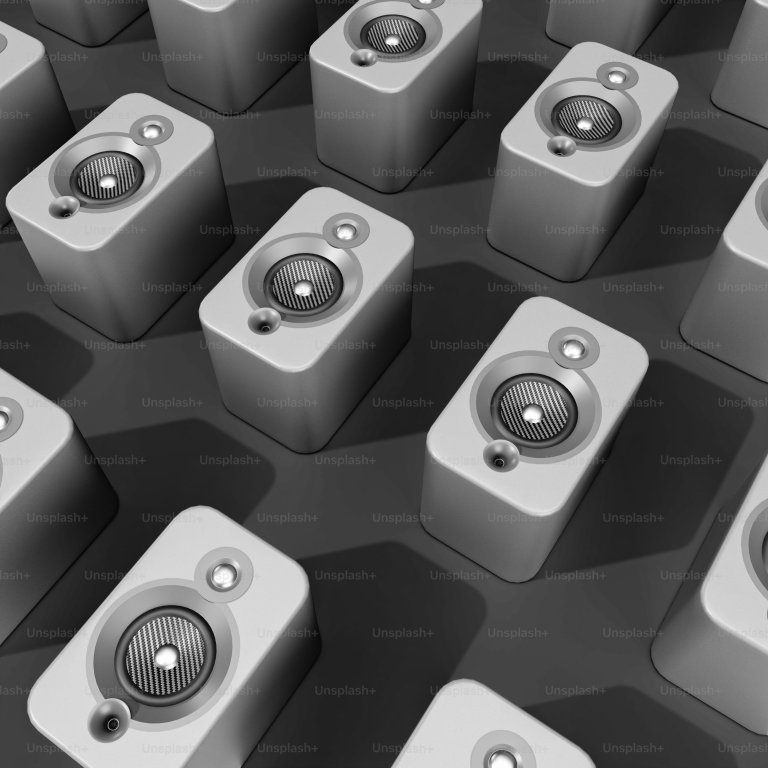Amplifiers for Customers Owned by Different Parts of the World
In today’s global market, it is common for businesses to have customers from different parts of the world. With advances in technology, companies can now reach a wider audience and expand their customer base beyond their local market. However, with different parts of the world come different needs and requirements. This is particularly true when it comes to amplifiers, which are essential for various audio and music equipment. In this article, we will explore the different types of amplifiers and their suitability for customers from different parts of the world.
What is an Amplifier?
An amplifier is an electronic device that is used to increase the power, voltage or current of a signal. It is commonly used in audio and music equipment such as speakers, guitars, and microphones. Amplifiers are essential as they boost the signal, making it louder and clearer.
While all amplifiers serve the same basic function, there are different types of amplifiers that are suitable for different purposes and customers. The most commonly used amplifiers include tube amplifiers, solid-state amplifiers, and hybrid amplifiers.
Tube Amplifiers
Tube amplifiers, also known as valve amplifiers, use vacuum tubes to amplify the electrical signal. They are known for producing warm, dynamic sound quality that is often preferred by audiophiles. Tube amplifiers are also known for their smooth distortion, making them popular among musicians for their ability to produce rich and vintage tones.
However, tube amplifiers require regular maintenance, as the vacuum tubes need to be replaced periodically. They are also known to be fragile and expensive compared to other types of amplifiers. Due to these reasons, tube amplifiers may not be the ideal choice for customers from developing regions, where access to replacement parts and specialized technicians may be limited.
Solid-State Amplifiers
Solid-state amplifiers use transistors and other solid-state components to amplify the signal. They are the most common type of amplifiers and are widely used in consumer audio and music equipment. Solid-state amplifiers are known for their reliability, durability, and affordability. They also produce a cleaner sound with less distortion, making them suitable for a wide range of applications.
However, one of the drawbacks of solid-state amplifiers is that they tend to have a colder, less “natural†sound compared to tube amplifiers. This may not be preferred by audiophiles or musicians who are looking for a certain type of sound. In addition, solid-state amplifiers may not be as suitable for heavy-duty use or high-power applications, as they may not be able to handle high voltage signals as well as tube amplifiers.
Hybrid Amplifiers
Hybrid amplifiers combine the best of both tube and solid-state amplifiers. They typically use vacuum tubes in the preamp section and solid-state components in the power amp section. This design allows for the warm and rich sound of tube amplifiers, combined with the reliability and affordability of solid-state amplifiers.
Hybrid amplifiers are a popular choice among customers from different parts of the world, as they offer a balance between sound quality, durability, and affordability. However, they may not be as high-end as pure tube amplifiers and may not satisfy the needs of audiophiles or professional musicians who require a specific type of sound.
Regional Requirements for Amplifiers
Aside from the type of amplifier, regional requirements also play a role in determining the suitability of amplifiers for customers from different parts of the world. Some countries have different voltage requirements, which means that customers may need to purchase amplifiers that are specifically designed for their region. For example, the standard voltage in the US is 120V, while in many European countries it is 220V. Customers from these regions will need amplifiers that are specifically designed to handle the appropriate voltage to avoid any potential damage.
In addition, some countries may also have different plug types, which may require the use of adaptors or conversion plugs in order to use the amplifier. Customers should always check the voltage and plug requirements in their region to ensure they are purchasing the correct amplifier.
Conclusion
In conclusion, amplifiers are essential for various audio and music equipment, and different types of amplifiers are suitable for different purposes and customers. Tube amplifiers are known for their warm and dynamic sound quality but may require regular maintenance and are relatively expensive. Solid-state amplifiers are widely used due to their reliability and affordability but may not provide the same level of sound quality as tube amplifiers. Hybrid amplifiers offer a balance between tube and solid-state amplifiers and are popular among customers from different parts of the world. Regional requirements also play a role in determining the suitability of amplifiers for customers, as different countries may have varying voltage and plug requirements. Customers should always consider their specific needs and requirements before purchasing an amplifier to ensure they are getting the best product for their purposes.



